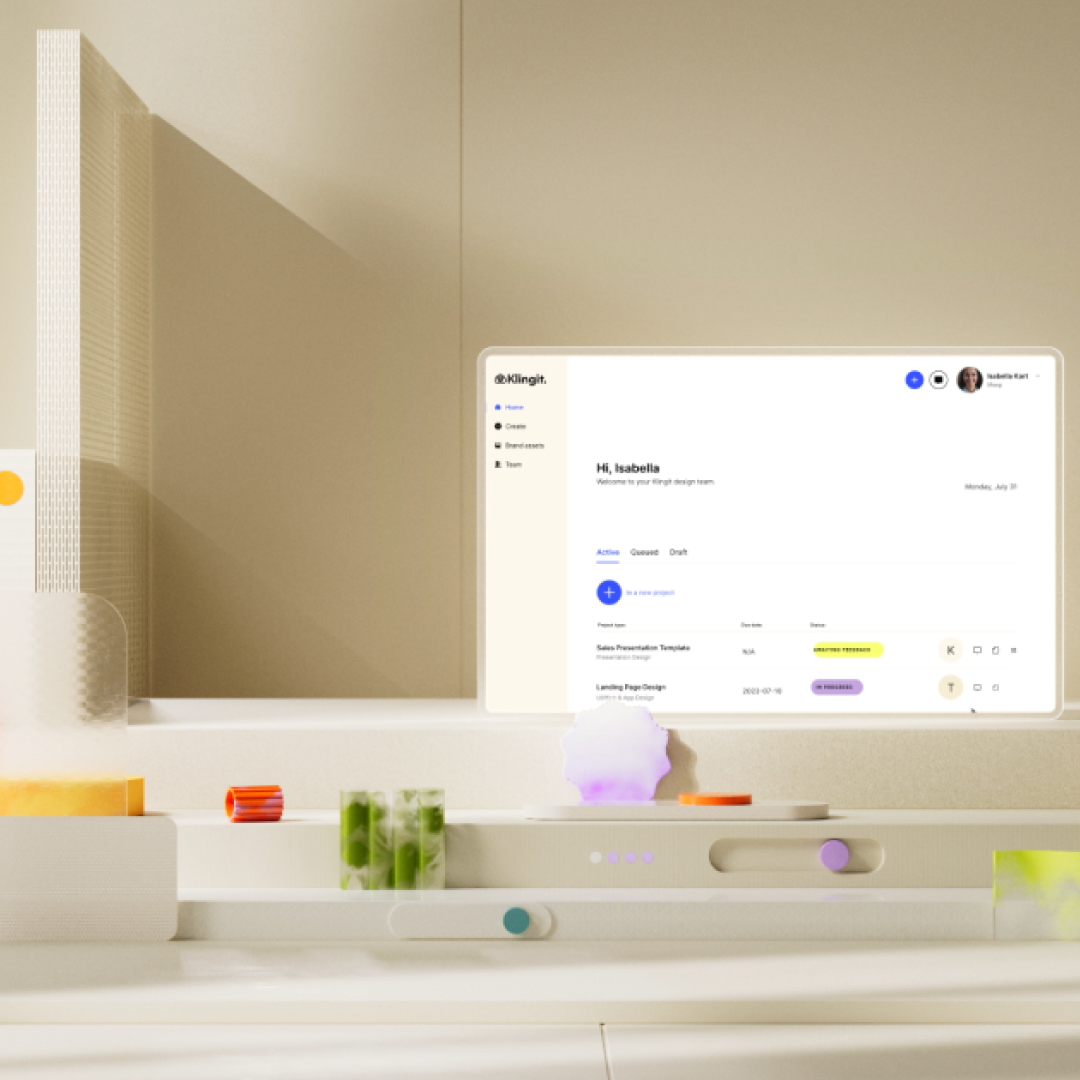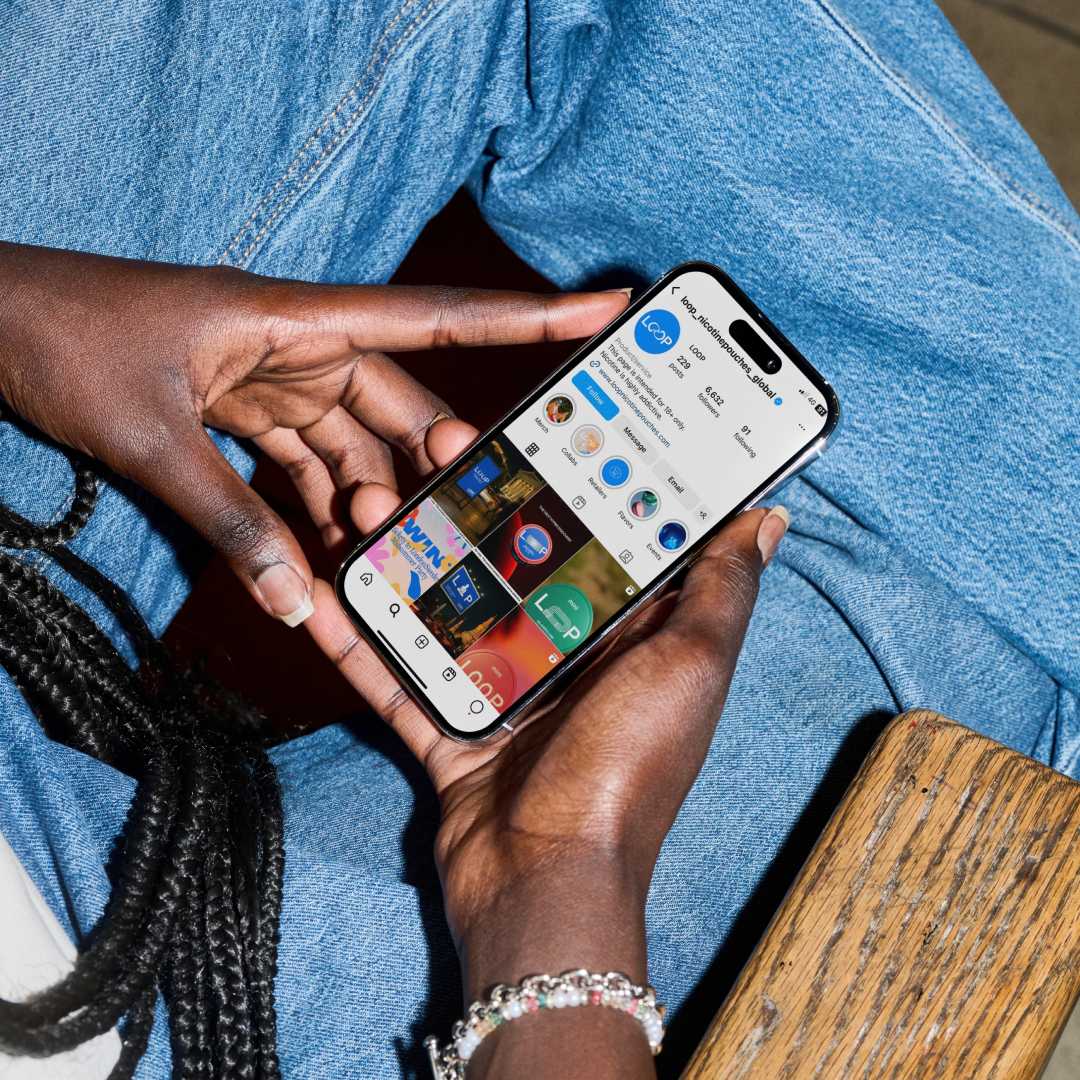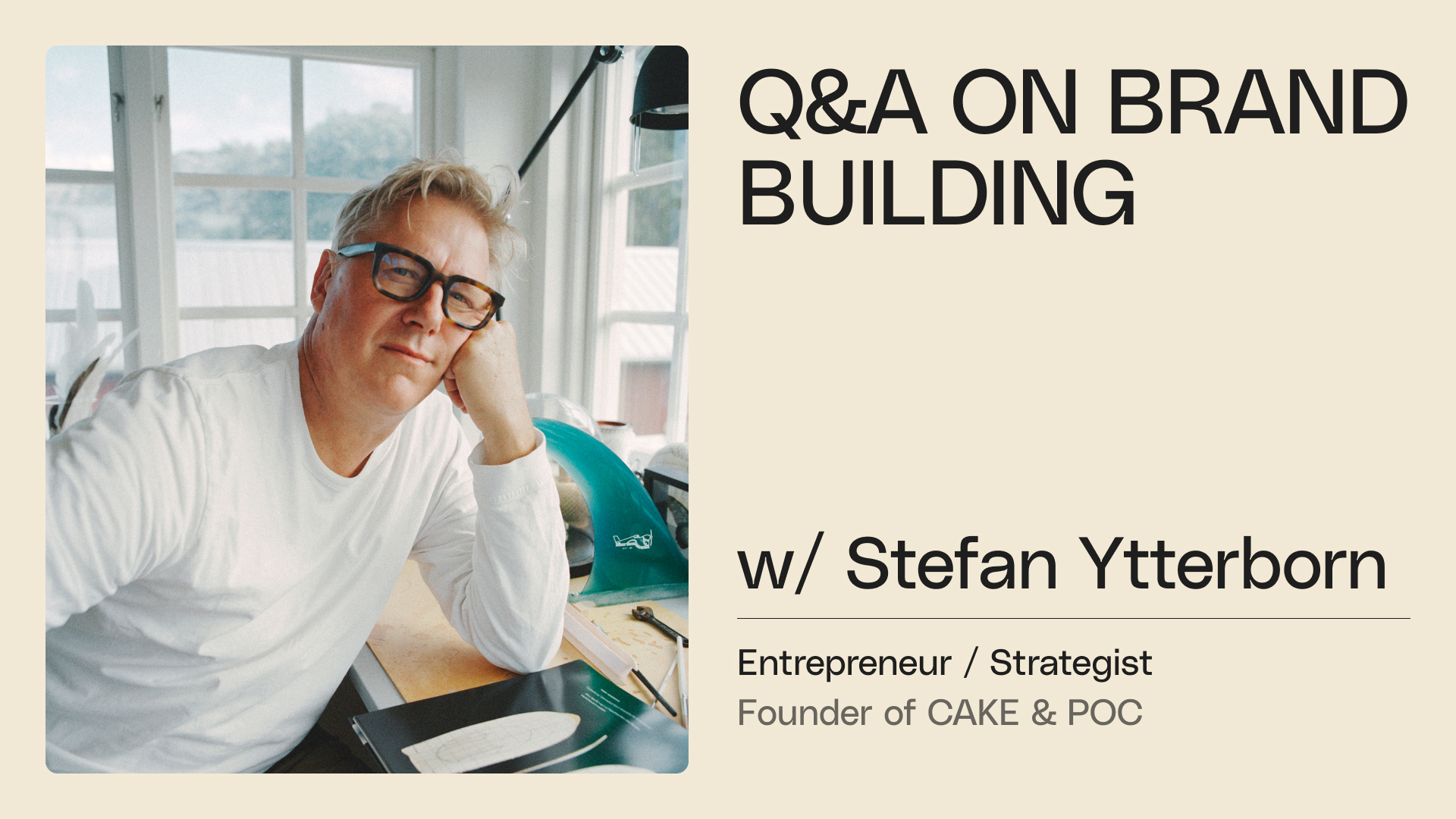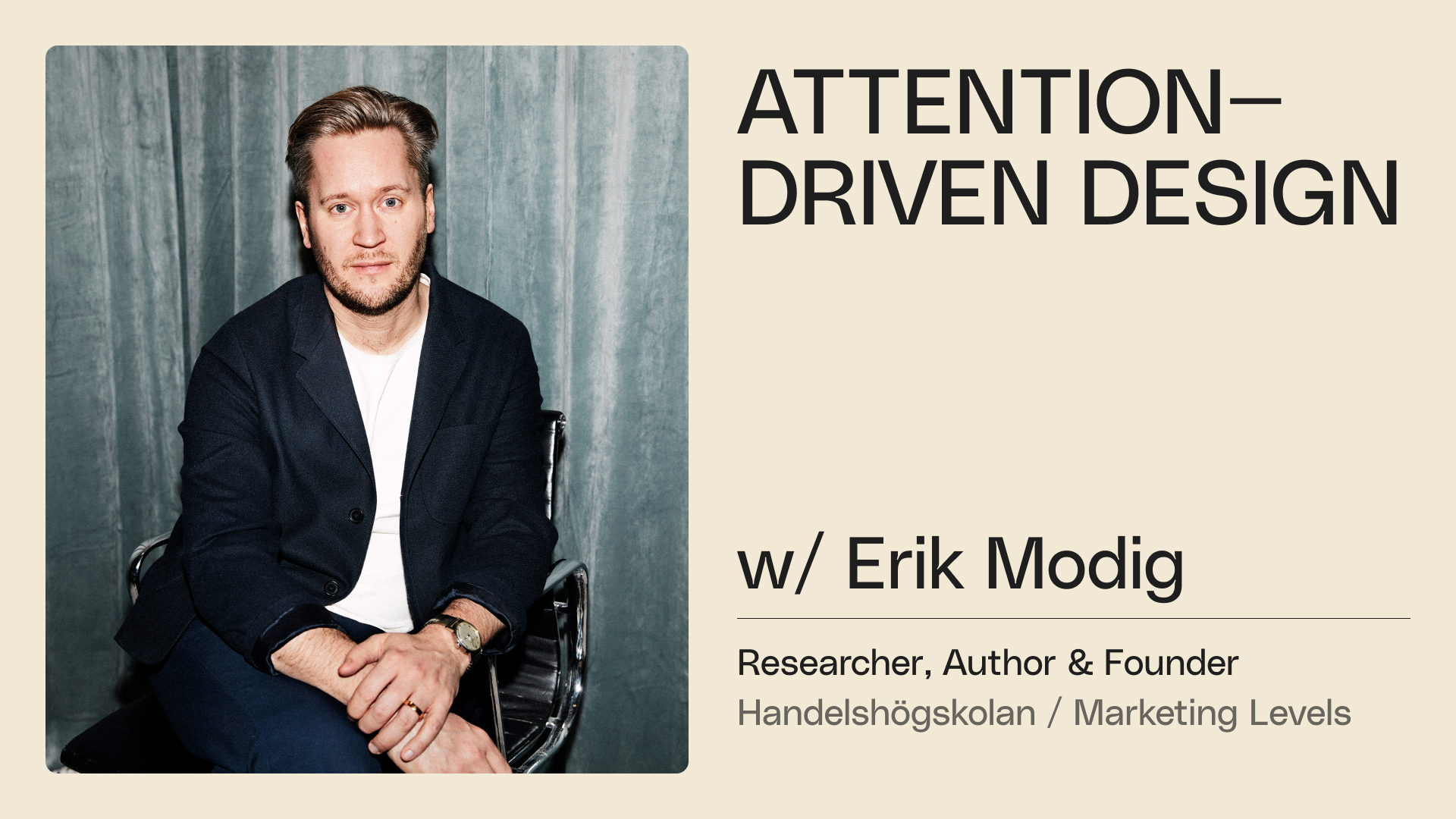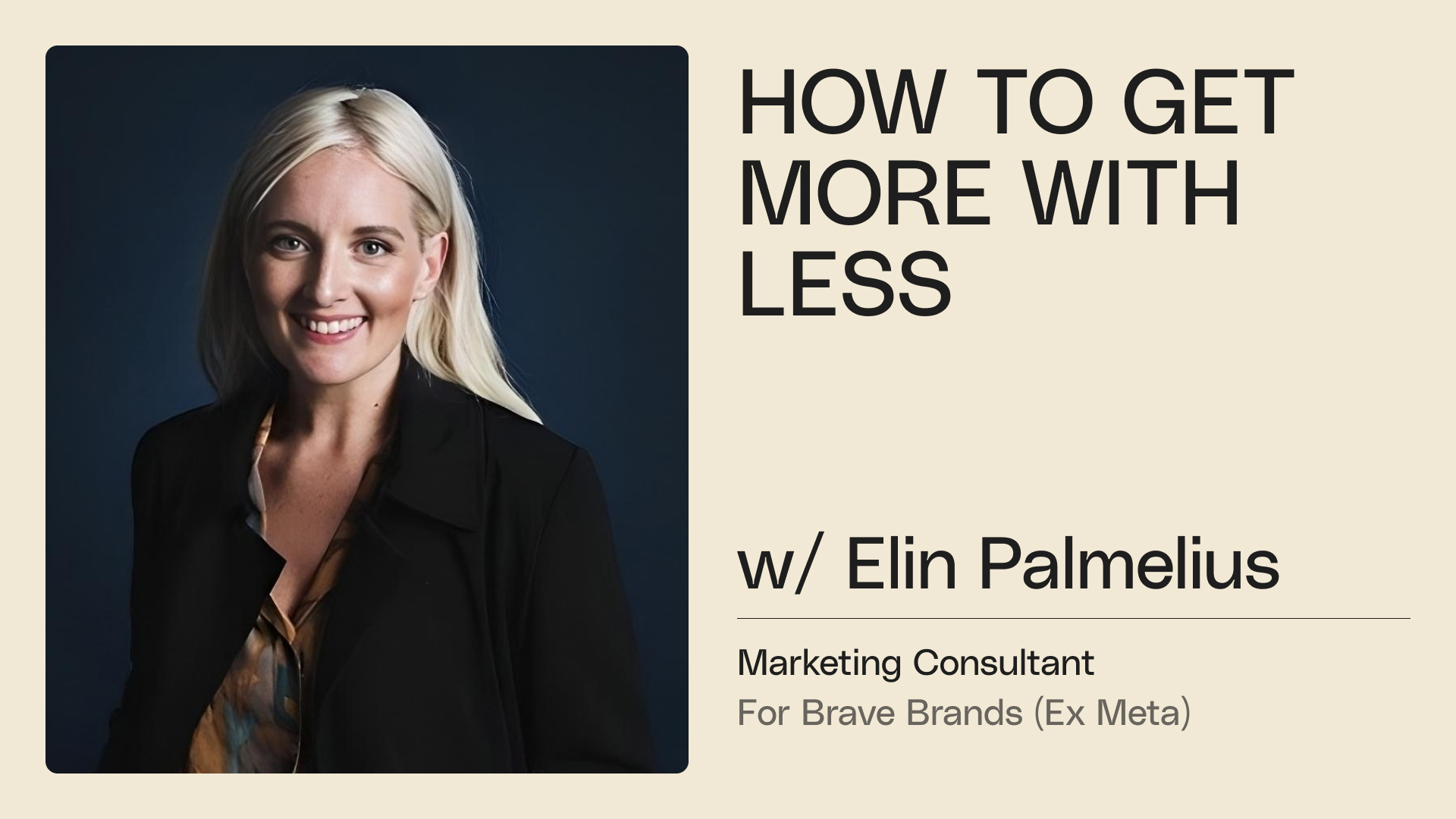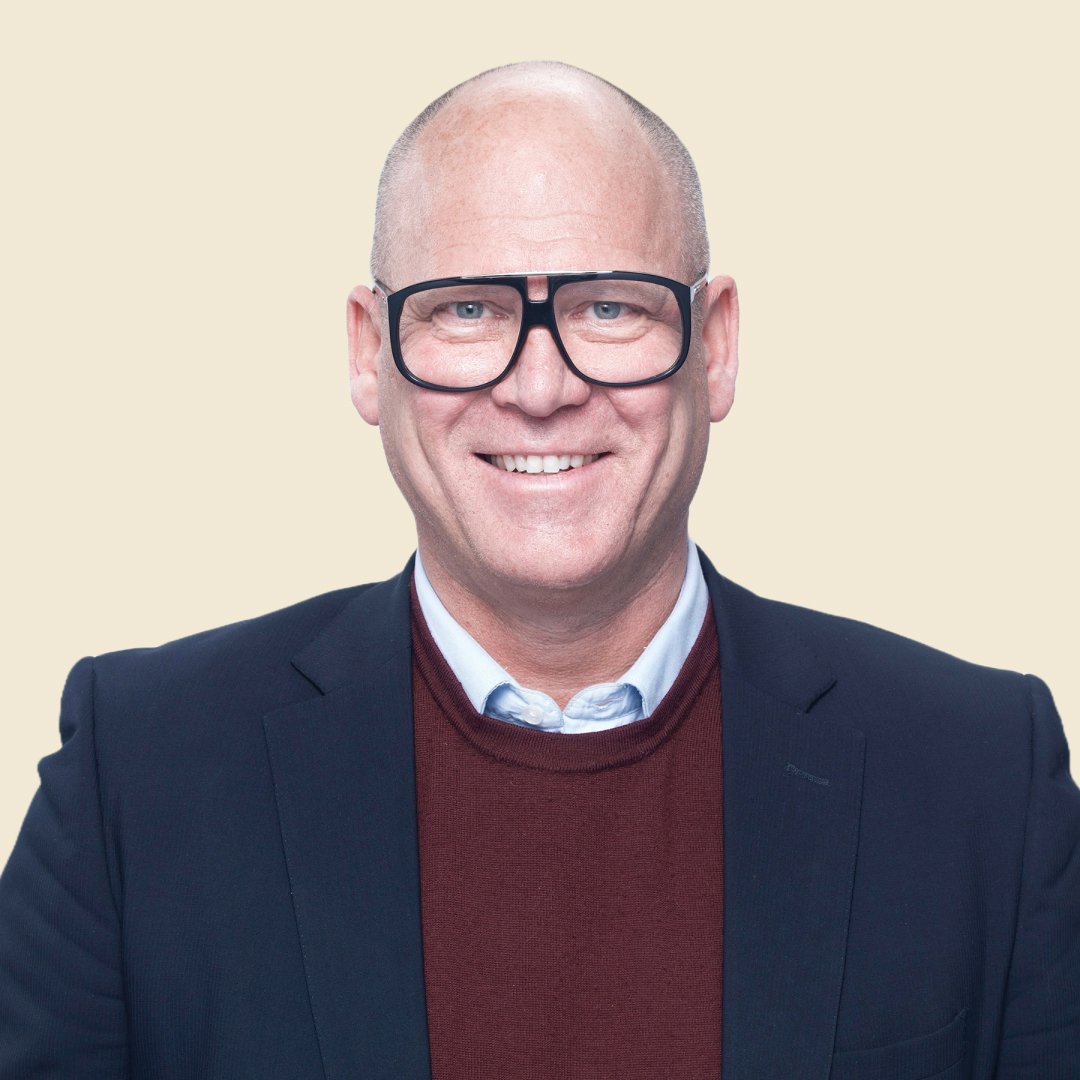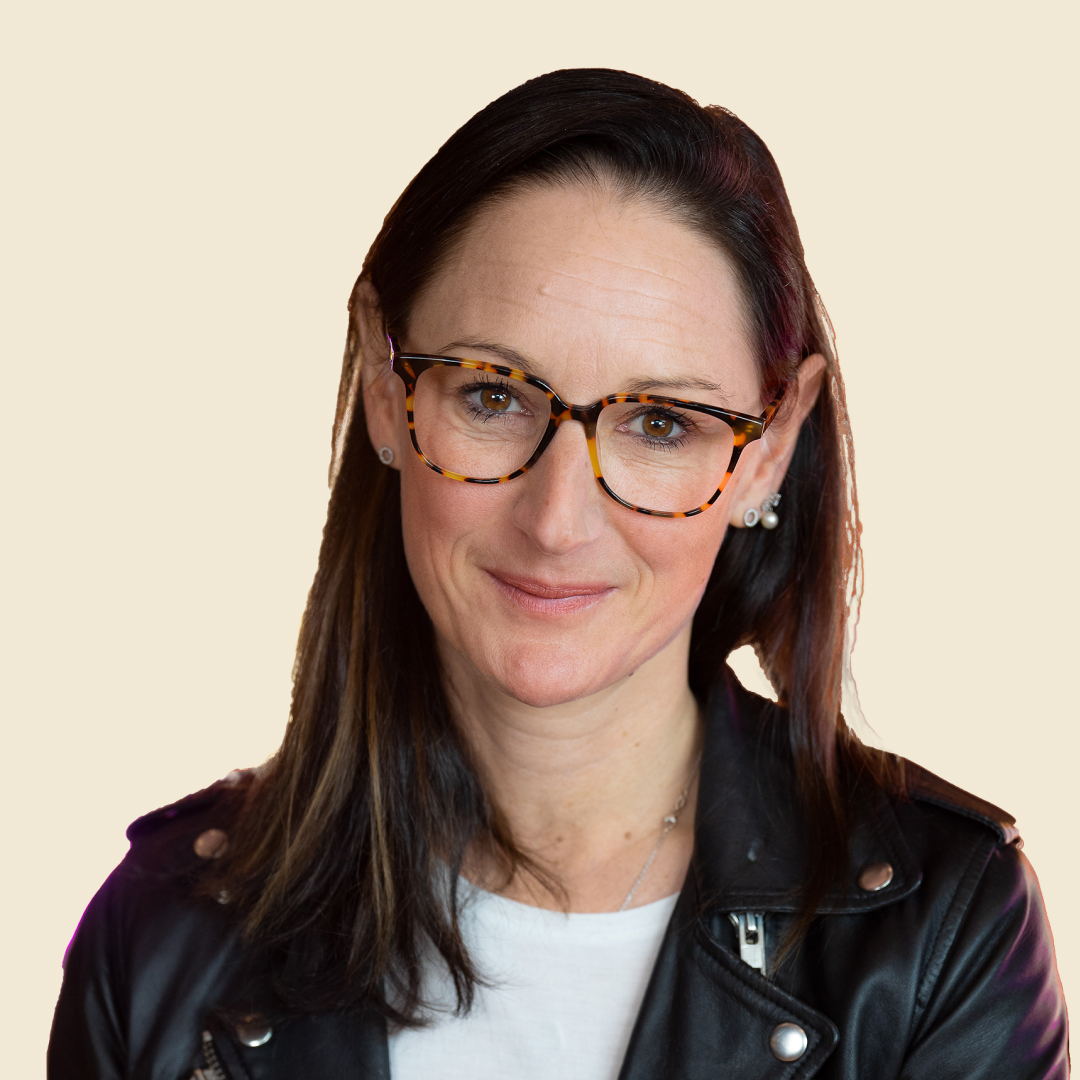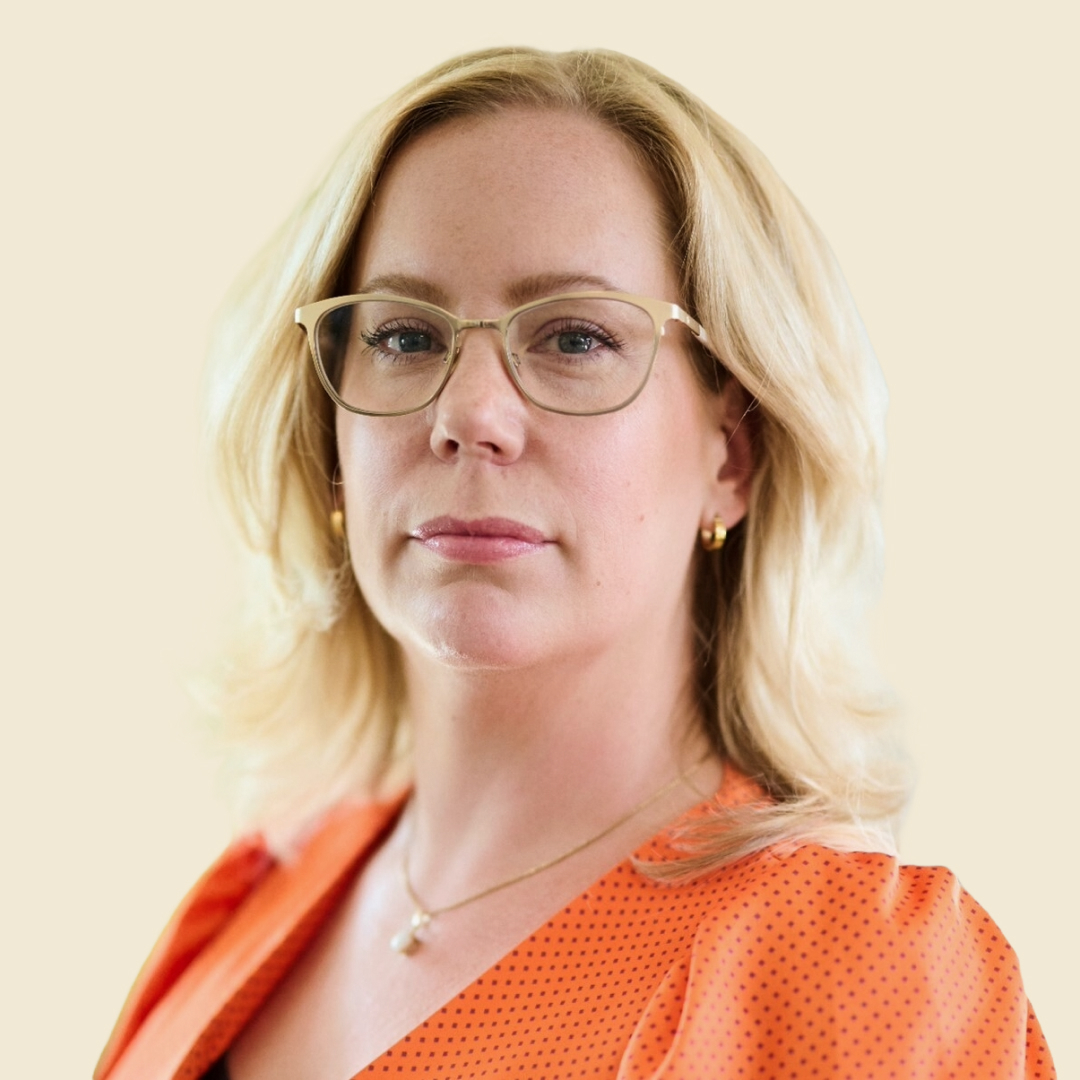Michael Grimborg’s career began as an outdoor advertising salesperson in the 80’s. In 1987, he founded a media agency called Initiative Media, later transitioning to the larger entity Group M (then MediaMarketingGruppen) amidst significant changes to the Swedish media market.
– It was the same year TV advertising arrived in Sweden, says Michael Grimborg, which completely changed the landscape. A few years later, commercial radio emerged, followed shortly by the internet. I distinctly remember a meeting with SAS in 1996. They asked me about “this www thing” and were very early in recognizing the changes that were to come.
When MediaMarketingGruppen was acquired in 1997, Michael Grimborg’s focus shifted increasingly internationally in his role as Chief Growth Officer, while his responsibilities varied.
– I helped our clients reach and enter new markets during these years. Swedish companies like H&M and IKEA were growing internationally, so I worked with them, among others.
In 1999, Michael Grimborg started working as Sales Director at TV4. The channel had been performing well for several years and, partly because of that, was not particularly customer-oriented. Up until then, TV had been known for brand-building advertising but wasn’t utilized as much for conversion-based advertising, a challenge Michael Grimborg’s team was tasked with addressing.
– We aimed to prove that effective sales could be driven through TV advertising. We systematically targeted the retail sector to build relationships. Without strong relationships, it’s almost impossible to succeed in sales.

During Michael Grimborg’s time at TV4, three CEOs came and went. In 2015, he was headhunted to Synsam as CMO. At that time, Synsam was going through a major transformation to grow the company and eventually go public, which they ended up doing in 2022. An important success factor for Synsam was the, then entirely untested, business innovation of introducing subscription solutions for eyeglasses. Over time, these subscriptions became a huge success and have since become common among competitors as well.
–Not only was the subscription solution timed well, but it also propelled the brand forward by allowing us to work much more sustainably. When someone returned their old glasses to us in-store, we could circularly reuse materials and frames.
How did you organize the marketing team?
– We established an in-house solution but with external resources. This meant that we were able to adapt what expertise we utilized in each phase of our transformation journey in a flexible way. It was important for us to own the strategy, and then bring in the suitable resources to execute what we decided on for each phase. Another important skill was having a sharp PMO team with project managers. The right strategy is ultimately a small part of success; execution is much more critical
Another thing Michael Grimborg is proud of from his years at Synsam is the decision to invest in local production in Sweden, which was far from obvious in 2018.
– Local production had many advantages for us. Especially time-wise since it shortened the path between us and the customer. Apart from the speed, the proximity to working with local partners brought benefits in terms of smaller batches, and new material selection. It also ended up being positive from a brand perspective.

What were your most important channels?
– Our stores were by far the most important channel. We transformed and digitized them with in-store solutions to tailor messaging and drive sales. When you have a network of 550 stores, it becomes an important media in itself. We worked with store staff throughout the journey to create a cohesive brand experience across all touchpoints. In addition to the stores, Google was a very important channel for less frequently purchased items like glasses, where people research and compare options before booking an eye examinaion as a natural part of the buying journey.
More recently, many have predicted that marketing will fundamentally change as AI-based solutions take over much of the traditional work that marketers previously handled manually. Michael Grimborg follows this development but is certain of one thing.
– It’s going to be more and more difficult to build reach in media. Marketing is about being bold and standing out, and as more and more content is produced, the competition becomes tougher and tougher. I believe in leveraging relationships and influencers, something that has always existed even if it’s been called different things throughout the years.
What makes a great marketer?
– I would say courage. People rarely succeed by doing the same things as everyone else. A concrete example is when we changed the color in Synsam’s visual identity to orange and chose to make that color much more prominent in the brand. If we hadn’t dared to stand out, we would never have done it. Initially, many thought the color looked cheap, but we believed in it and were confident that the color would be perceived as modern in a few years. It’s a lot about having the courage to go all the way.


